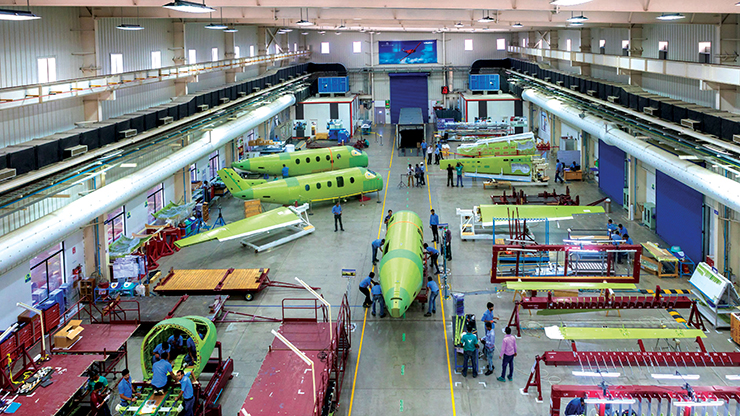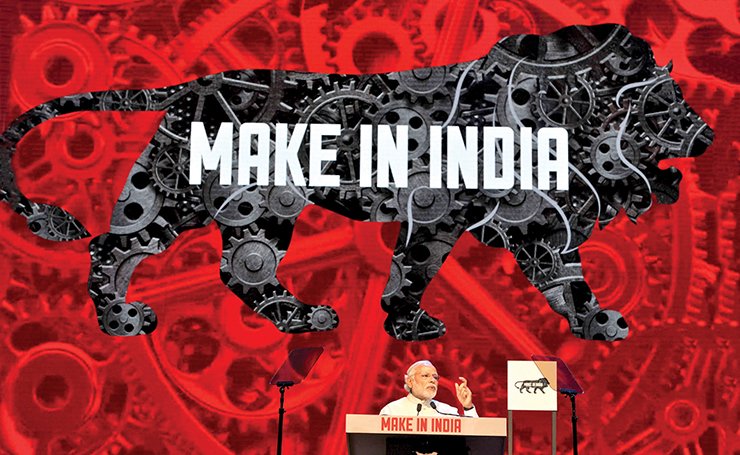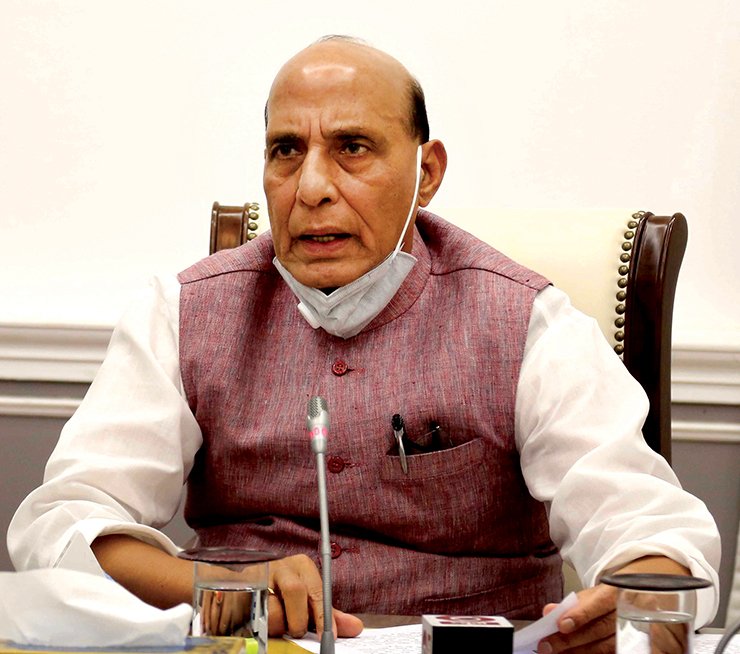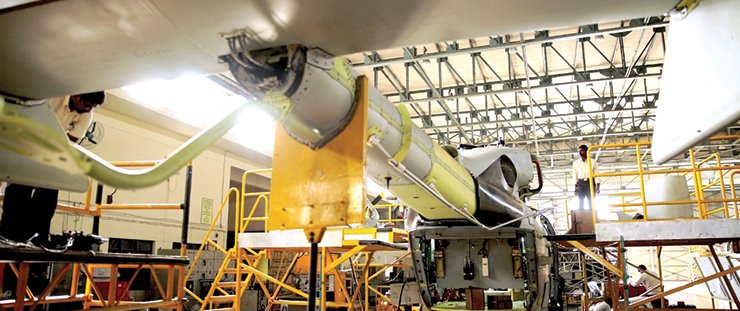
The draft Defence Procurement Procedure 2020 (DPP-2020) released on March 20 by Defence Minister Rajnath Singh for comments is the sixth with the first in 2006, and has been growing in volume with the current one exceeding 700 pages with focus on Make in India, pet project of Prime Minister Narendra Modi. This draft, which is the culmination of a review process set in motion by Defence Minister in August 2019 under the Chairmanship of Director General (Acquisition), built upon DPP-2016 itself has undergone 47 amendments as part of the Business Process Reengineering.
The aim of the new DPP-2020 is to achieve two broad objectives: Hastening the procurement process by removing procedural bottlenecks, and promoting Make in India. The draft has revised the existing procurement categories, increased the requirement of indigenous content (IC) under various categories, and incorporated some new concepts of defence procurement.
It has also revised the existing offset guidelines and made changes in the contract template and other provisions of the document.
The focus of the new DPP is to further promote indigenous design capacity and higher localisation, both of which if implemented effectively could potentially increase the role of domestic industry, especially the private sector in defence production.
The draft proposes higher levels of local content, new multipliers in defence offsets, a procurement category for leasing, and new options for equipment sustainment activity. It attempts to better the draft of DPP-2016.
The draft amends existing military procurement rules in line with Governments’ long-running targets to boost indigenous defence capability and reduce reliance on imports under its Make in India initiative.

The most preferred category to process defence procurement, called Buy ‘Indian Indigenously Designed Developed and Manufactured’ or (Indian-IDDM), towers over and above all other categories. Under Indian-IDDM, any order will require at least 50 per cent indigenous content if the design is indigenous in addition to development and manufacture, an increase from 40 per cent. Or under Buy-Indian category with an indigenous design and manufacture, the required percentage of indigenous content will be 50 per cent or 60 per cent if product has not been designed and developed indigenously.
However, while favouring Make in India it does not make provisions to analyse or compare the cost premium and consequent potential decrease in output delivered in implementing such high levels of indigenous content in platforms.
Indigenisation is about reducing dependency and increasing India’s capability to meet its own security needs. However, India lacks several core sub-systems manufacturing capability, production expertise, resulting in many of the systems being developed and produced for the first time in India.
It has been seen in many cases where the focus has been on indigenisation, there have been numerous instances of mismanagement, time delays, late stage design modifications and cost escalations. The Light Combat Aircraft (LCA) produced by Hindustan Aeronautics Ltd; Arjun Main Battle Tank; Air Independent Propulsion (AIP) systems for the Indian Navy’s Scorpene submarines; and the acquisition of a weapons locating radar for the Army before Kargil, a long list pointing to the risks associated with the development of sub-systems and platforms afresh.
One new category for acquisition introduced for the first time is leasing in addition to the existing ‘Buy & Make’ templates. Under this, equipment or platforms may be leased from defence firms or countries rather than purchased for ownership by the armed forces. Firms would enter into long term or medium term contracts offering to provide a guaranteed number of operationally available frontline equipment on a daily basis (e.g. combat aircraft or tanks) with the contractor responsible for maintenance and repair for the duration of the contract.

“Leasing provides means to possess and operate the asset without owning the asset and is useful to substitute huge initial capital outlays with periodical rental payments. Leasing would be permitted in two sub categories i.e. Lease (Indian), where Lessor is an Indian entity and is the owner of the asset, and Lease (Global),” says the clause.
The draft retains the previous DPP 2016 regarding Strategic Partnerships (SP) outlining the rules governing Strategic Partnerships in the manufacture of four programmes — fighter aircraft, helicopters, armoured vehicles and submarines — to be done in collaboration with a domestic partner company in India.
The rules in this chapter continue to restrict foreign manufacturer’s stakes to 49 per cent in any such partnership, creating a plethora of issues around the willingness of these companies to share the latest technologies to IPR issues. The rules place the burden of performance guarantees in terms of quality and timely deliveries on the foreign manufacturer owning a 49 per cent stake while mandating the Indian partner to be the prime contractor and bidder.
The draft has left out issues of improvements in procedures, institutional structures and issues related to accountability. How effective will the new DPP be without these amendments? It will eventually be contingent on how the Ministry of Defence (MoD), Service Headquarters, Integrated Defence Staff now headed by the CDS, and the DRDO which constitute the labyrinthine procurement set up implements these.
However, the fundamental issue remains the quantum of funds allocated for capital expenditure or modernisation, more so with the COVID-19 pandemic’s impact on the economy. In the near term, acquisition programmes including committed liabilities face being disrupted and delayed. The Ministry of Finance (MoF) has already issued directives to restrict expenses for the first quarter to either 20 or 15 per cent of the year’s budget estimates to battle the fallout of COVID-19 on its revenues.

So, the Defence Ministry needs to anticipate and plan the prioritisation of spending and hard choices regarding cuts in line with the looming fiscal reality. Deliberating the comparative costs associated with such a single-minded pursuit of indigenisation as laid out in the 2020 draft defence procurement procedure may be a prudent exercise too.
What stands out in stark contrast to the previous editions of the DPP is that contracts signed through Inter-Governmental Agreements (IGAs)/ Foreign Military Sales (FMS) route is exempt from offsets. This is surprising and flies in the face of the Government’s oft-repeated assertions on self-reliance and indigenisation. Most items sourced through IGAs and through FMS (the American euphemism for pushing through arms sales conveniently bypassing any laid down procedures) relate mainly to high-end equipment and platforms.
This DPP has for the first time taken the laudable step of including product maintenance and support. However, demanding only five to eight years of lifecycle support for equipment which remains in service for two to three decades is difficult to comprehend.
The key objective of the Defence Offset Policy is to leverage the capital acquisitions and technology to develop Indian defence industry by (i) fostering development of internationally competitive enterprises and (ii) augmenting capacity for Research, Design and Development related to defence products.
– The author is a senior journalist and media consultant. Views expressed are personal and do not necessarily reflect views of Raksha Anirveda








